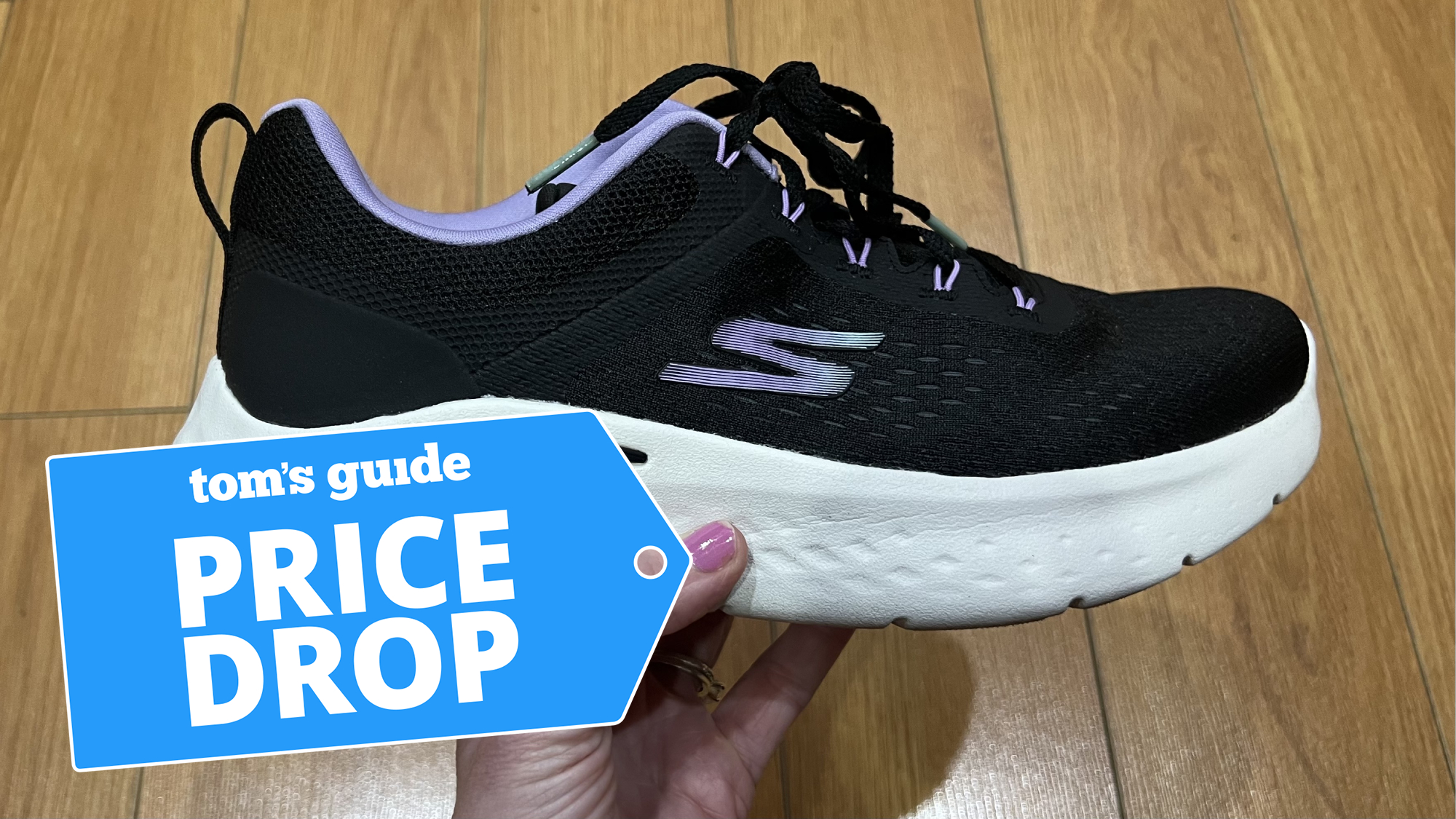Stores Tracking Shoppers Using Phone Wi-Fi Signals
Forget Big Brother: Big Retailer is keeping its eye on your every move, and taking notes.

If the whole NSA/PRISM controversy hasn't been enough to scare you off the Internet, here's even more to worry about offline: Wi-Fi tracking in stores.
Sure, we're used to the cameras keeping an eye on our hands, making sure we're not pocketing something tasty to sell on eBay. We get it. But what's scary is that brick-and-mortar stores are keeping track of customer movements using Wi-Fi signals from their phones. Why? To study and map browsing habits and eventually send these patrons advertisements based on those in-store interests.
The New York Times wrote about Nordstrom, a retailer that wanted to learn more about its customers using this kind of technique. However, Nordstrom's experiments are part of an overall movement by retailers in gathering as much information about customers as possible, including behavior patterns and moods. They're doing this by using the Wi-Fi tracking method and apps, learning their gender, how many minutes they spend in the candy isle, and so on.
MORE: 9 Online Security Tips from a Former Scotland Yard Detective
According to the report, national chains like Family Dollar, Cabela’s and Mothercare, a British company, are testing these technologies. Even specialty stores like Benetton and Warby Parker – all sorts of retailers, the paper claims – are relying on this tech to determine things like customized coupons and store layouts.
"Brick-and-mortar stores have been disadvantaged compared with online retailers, which get people’s digital crumbs," said Guido Jouret, the head of Cisco’s emerging technologies group. "[Why should physical stores not] be able to tell if someone who didn’t buy was put off by prices, or was just coming in from the cold?"
Indeed, consumers have grown used to cookies, profiles and other online tools that create an online ad system catering to their tastes. Online shops like Amazon know who their customers are, have records of what they've bought and what they've glanced at in its virtual isles. Why is it different in brick-and-mortar stores? Because we've moving, we're physically being watched while online we're merely leaving a digital trail.
Sign up to get the BEST of Tom's Guide direct to your inbox.
Get instant access to breaking news, the hottest reviews, great deals and helpful tips.
Cisco’s emerging technologies group actually supplies tracking cameras to stores. RetailNext, based in San Jose, Calif., uses video footage to study how shoppers navigate. The company also uses data yanked from customer smartphones to deduce even more specific patterns. This is accomplished when the customer's device is hunting for a Wi-Fi network.
Thus, a store that offers Wi-Fi can pinpoint where the shopper is physically under its roof -- within a 10 foot radius -- even if the shopper hasn't joined the network. Stores also know when the customer has returned because the phone gives off its own unique identification code. Thus, a retailer not only knows the shopping patterns of repeat customers, but the duration between visits.
RetailNext also reportedly uses data to map actual customer paths: There's a 70 percent chance the customer will veer right, and there's a 14 percent chance the customer will linger at the display. Creepy.
The full two-page report can be read here. Needless to say, it may be a good idea for everyone to switch off Wi-Fi from now on outside the home unless they're specifically trying to access a store's wireless network.
Kevin started taking PCs apart in the 90s when Quake was on the way and his PC lacked the required components. Since then, he’s loved all things PC-related and cool gadgets ranging from the New Nintendo 3DS to Android tablets. He is currently a contributor at Digital Trends, writing about everything from computers to how-to content on Windows and Macs to reviews of the latest laptops from HP, Dell, Lenovo, and more.
-
infernocy this is happening for like 10 years now and it is nothing ... imagine in uk that there are cameras everywhere and they found everyone that was on the riots from following their moves from every store .. privacy is going to 0% very very fastReply -
infernocy this is happening for like 10 years now and it is nothing ... imagine in uk that there are cameras everywhere and they found everyone that was on the riots from following their moves from every store .. privacy is going to 0% very very fastReply -
jdlobb "needless to say"?Reply
Tin foil hat much? Why on earth would you have such an issue with a company trying to make your shopping experience better? Would you rather they just guess at what you want? -
HEXiT all this crap is really starting to bug me... tracking is illegal and contravenes your human rights. your phone is your personal property and the data on it is protected by the data protection act. but these corporations are just bypassing the law because they know that the law isnt keeping pace with development of tech...Reply
with the likes of the nsa there is at least oversight and judicial review (hopefully) but these private and public companies have no such checks and balances to protect the people there tracking.
its likely to be another 20 years before the law catches up and thats just not good enough. while we wait for our rights to privacy to be enforced these companies will be lobbying there governments for even more intrusive gathering on the ground that they wont be able to compete in the open market without knowing there customers data. its utter garbage.
we really need to get a proper digital rights bill that protects every1s data.
i mean seriously if you send a letter through the post. it goes to the post box, to the post office, to the sorting office on to delivery and then to the addressed party. at no time is the post office allowed to look inside that letter under penalty of jailtime. yet you send an email and every 1 and there cousin thinks they have the right to open it and read it... there is no real distinction between an email and a letter other than the means of which its delivered so should be protected by the same laws.
also just because on online retailer is gathering info on your browsing habits (again debatable whether this is legal) it doesnt give the stores the same right to do the same... in other words, just coz 1 guy sparks up a joint doesn't make it legal for every 1 to smoke Mary Jane. -
FFH I don't care I'll still use the free wifi. These stores are going to have problems, and it's just not the privacy aspect. They're going to have problems with the tracking accuracy. I don't know about everyone else, but I sometimes go to stores just to use the wifi. You'll see me aimlessly wandering through the store trying to look interested in buying things. They're going to have a hard time because of people like myself.Reply
To get accurate data, they'll have to connect both the wifi data and the security camera data to weed out customers that are just using the wifi. I agree that they've been doing this for a while. Both with the security cameras, and with the club cards or store charge cards. It's not new, but physically tracking someone can feel make one feel stalked. -
10tacle "Tin foil hat much? Why on earth would you have such an issue with a company trying to make your shopping experience better? Would you rather they just guess at what you want?"Reply
WRONG douchebag. It's about the stores using OUR PRIVATE PHONES unsolicited and spamming us. I've never, EVER had a "better" personal shopping experience with consumer data mining of ANY kind.
In any event, nothing that 1) putting the phone in airplane mode won't take care of or 2) at worst case, just don't shop in the stores that do this and shop online if you have to. The consumer needs to start punching back with their lost sales revenue. -
10tacle "Tin foil hat much? Why on earth would you have such an issue with a company trying to make your shopping experience better? Would you rather they just guess at what you want?"Reply
WRONG douchebag. It's about the stores using OUR PRIVATE PHONES unsolicited and spamming us. I've never, EVER had a "better" personal shopping experience with consumer data mining of ANY kind.
In any event, nothing that 1) putting the phone in airplane mode won't take care of or 2) at worst case, just don't shop in the stores that do this and shop online if you have to. The consumer needs to start punching back with their lost sales revenue.
